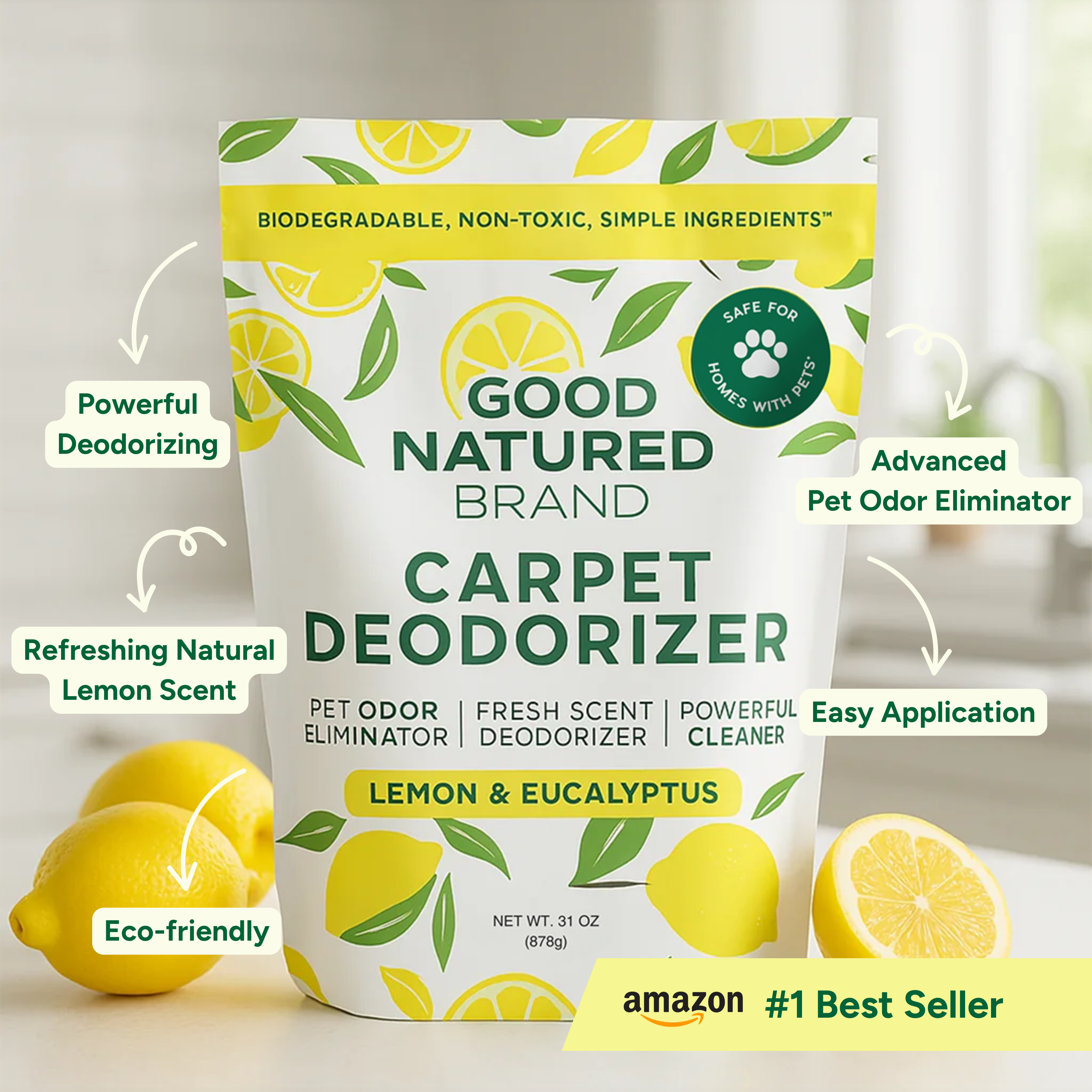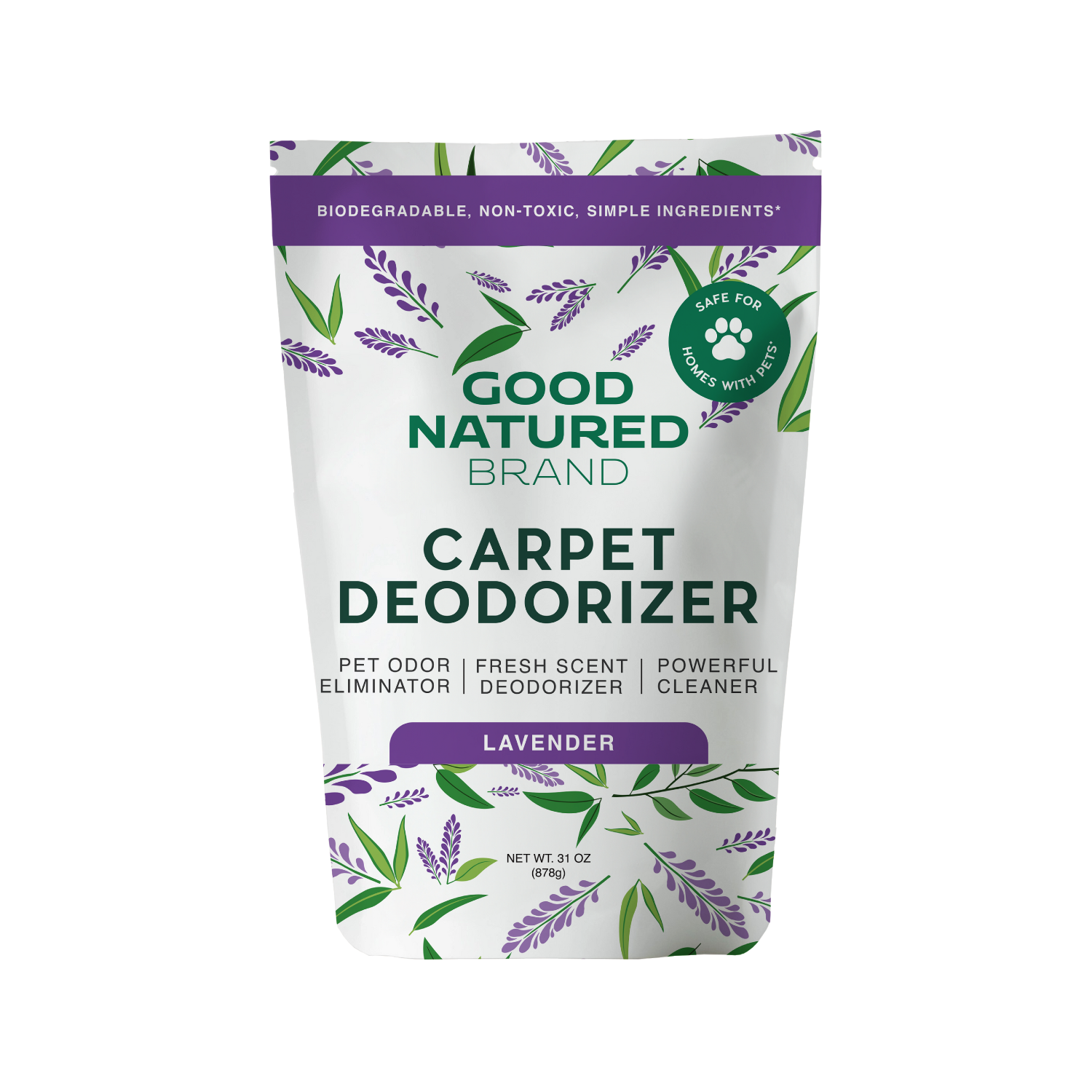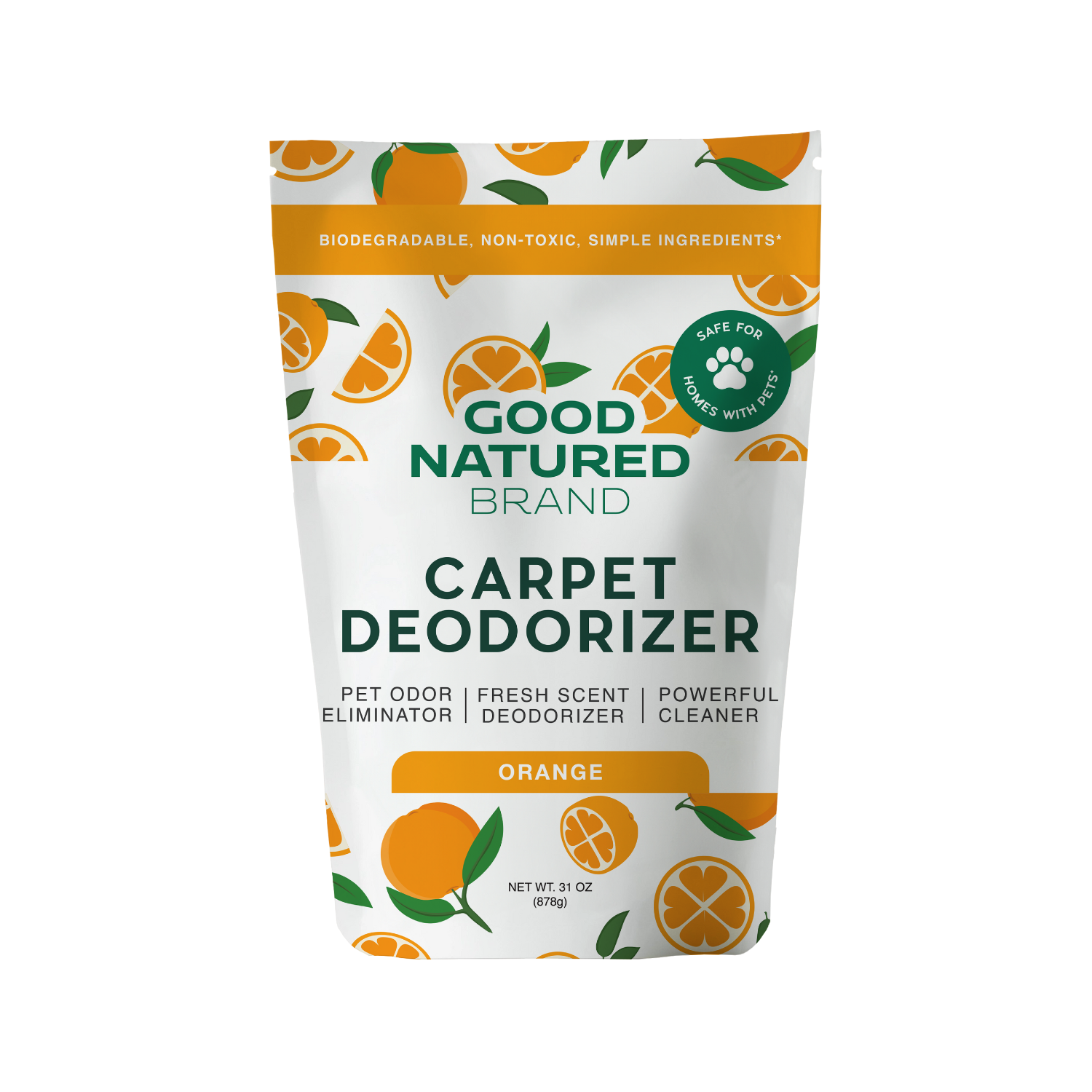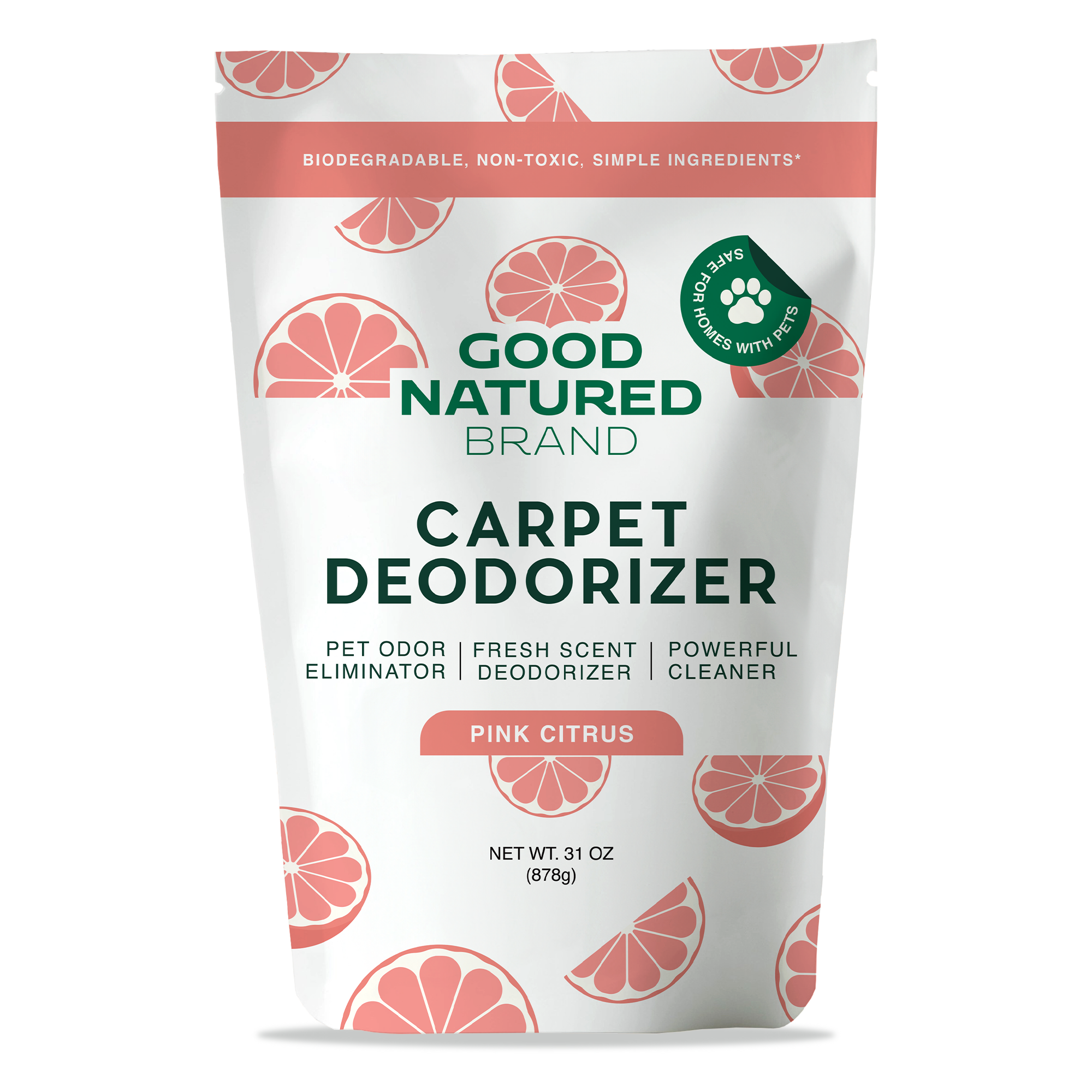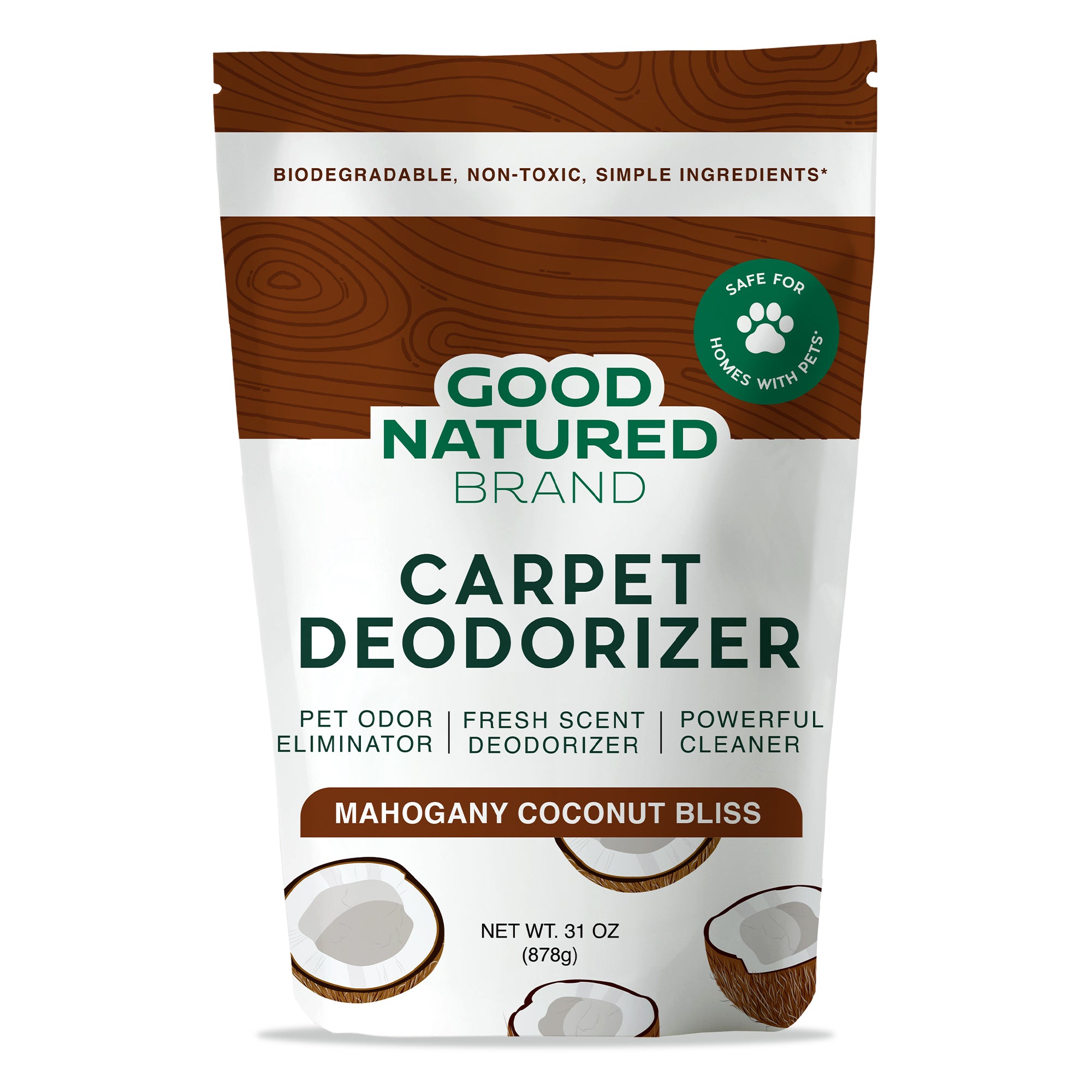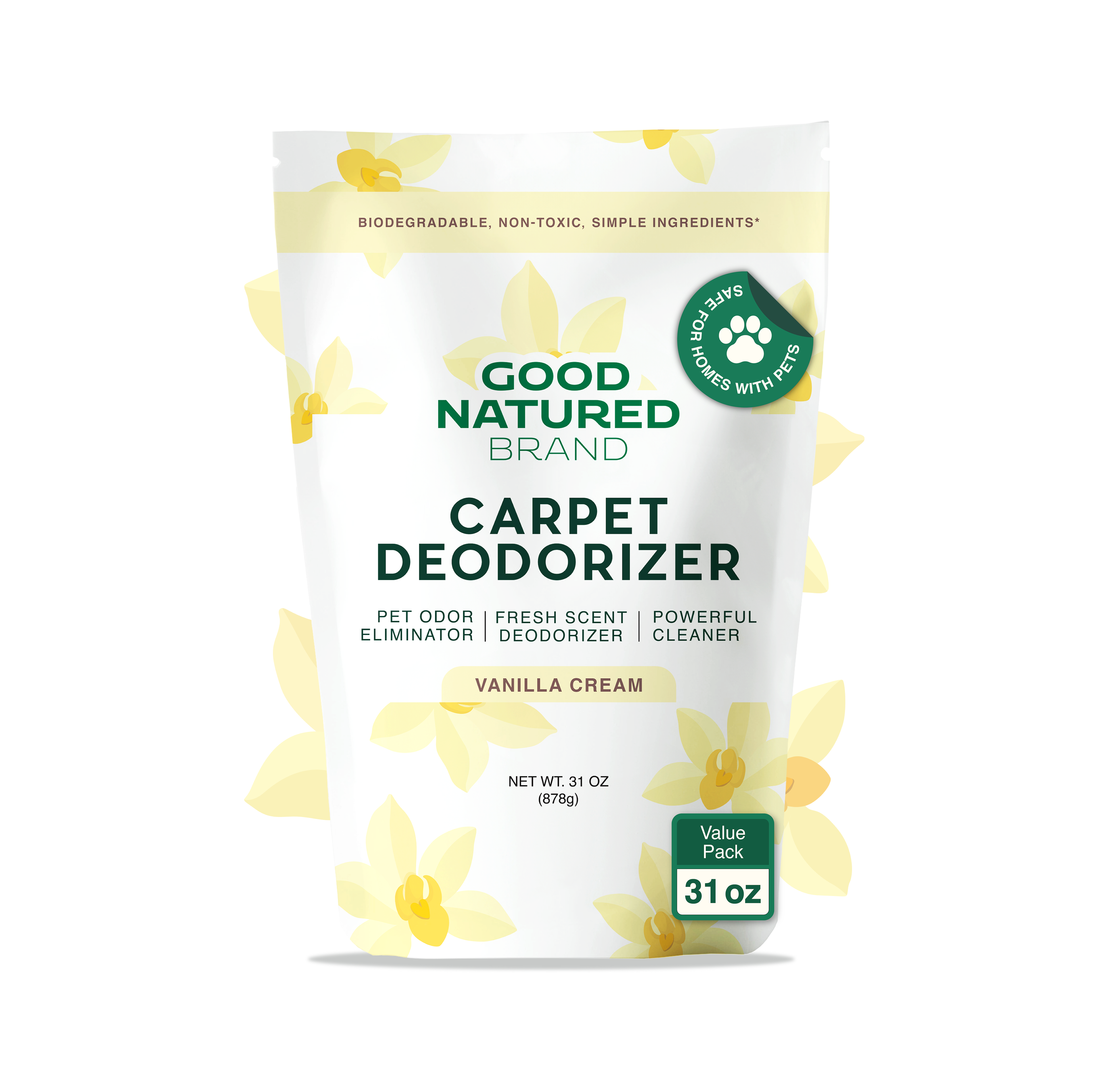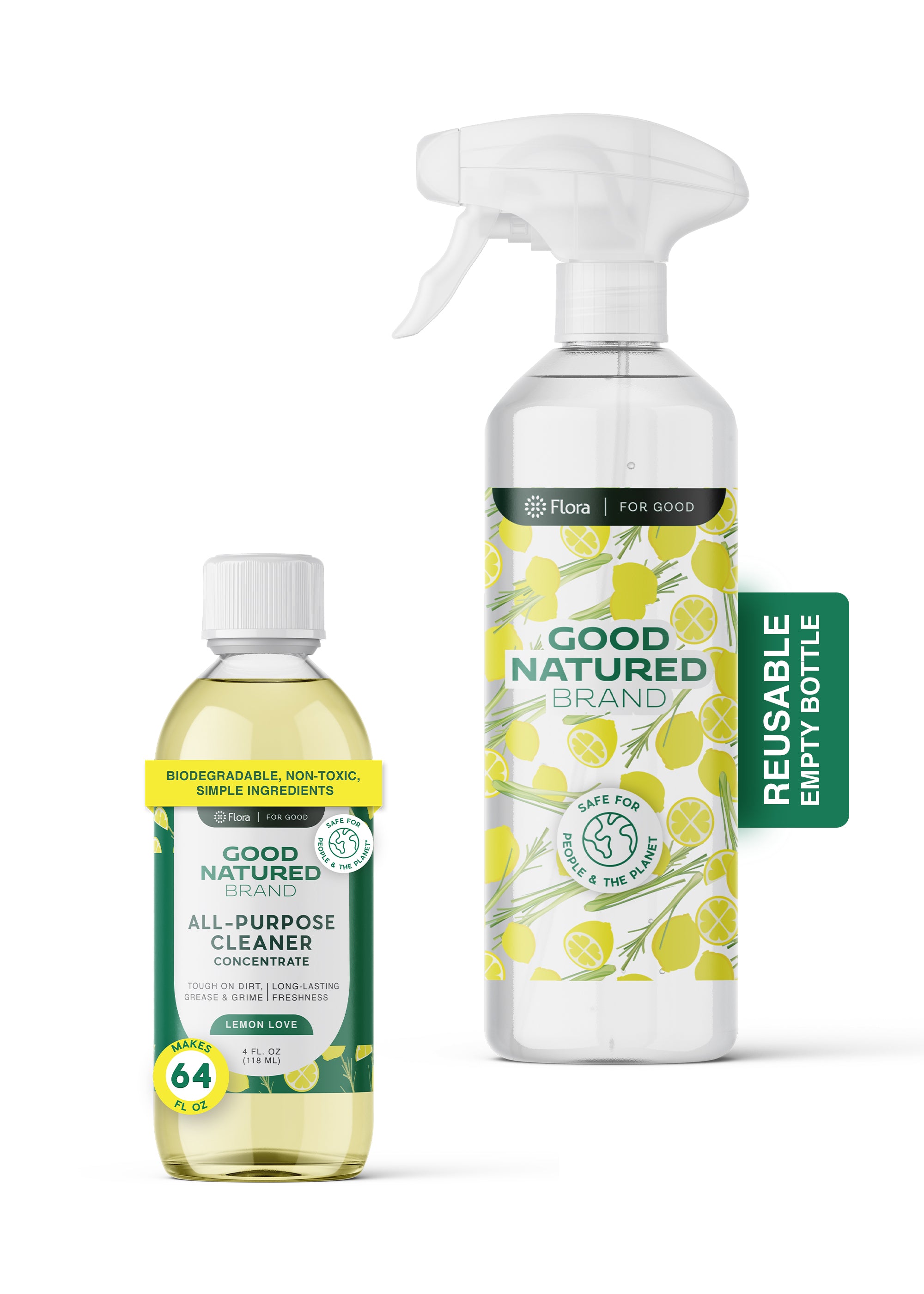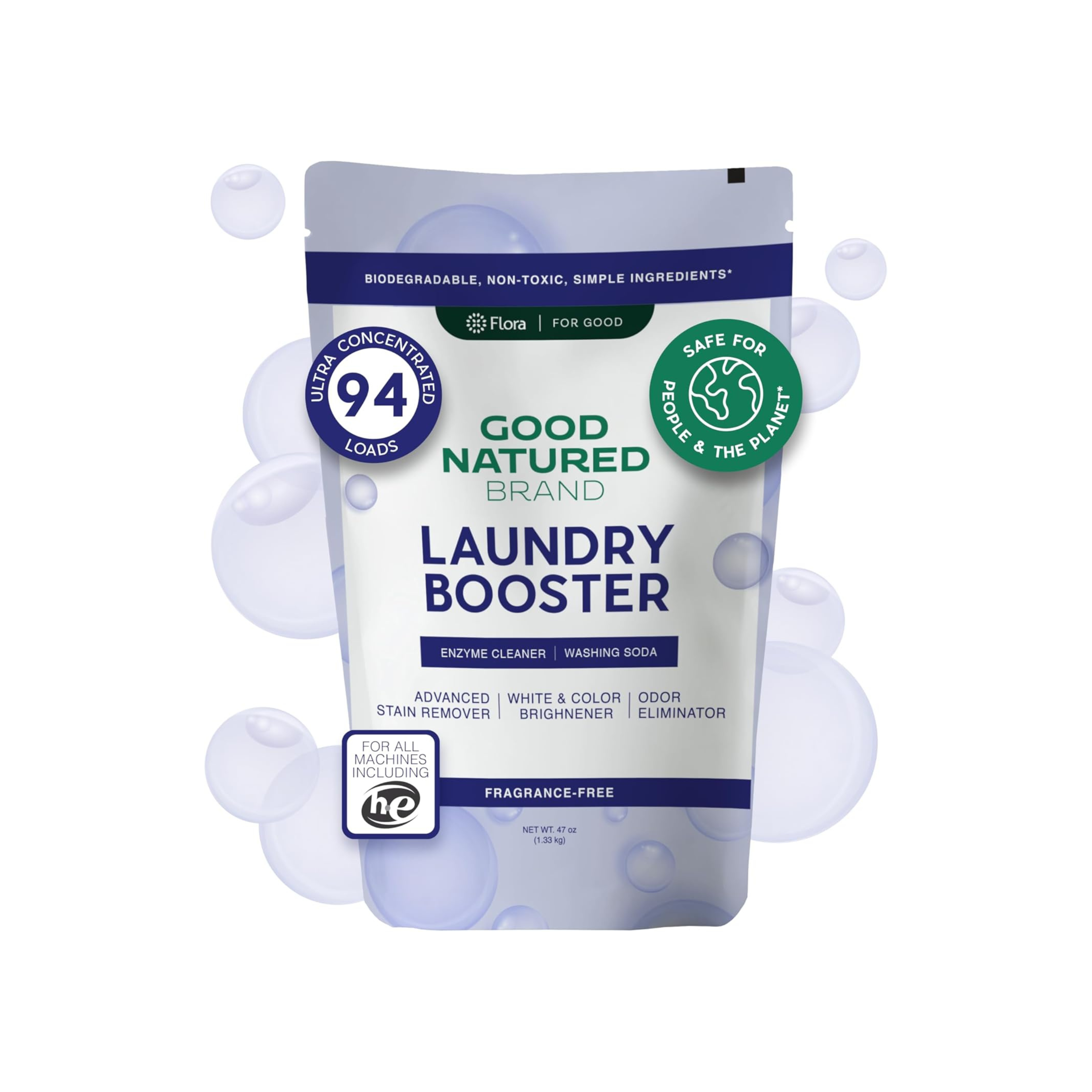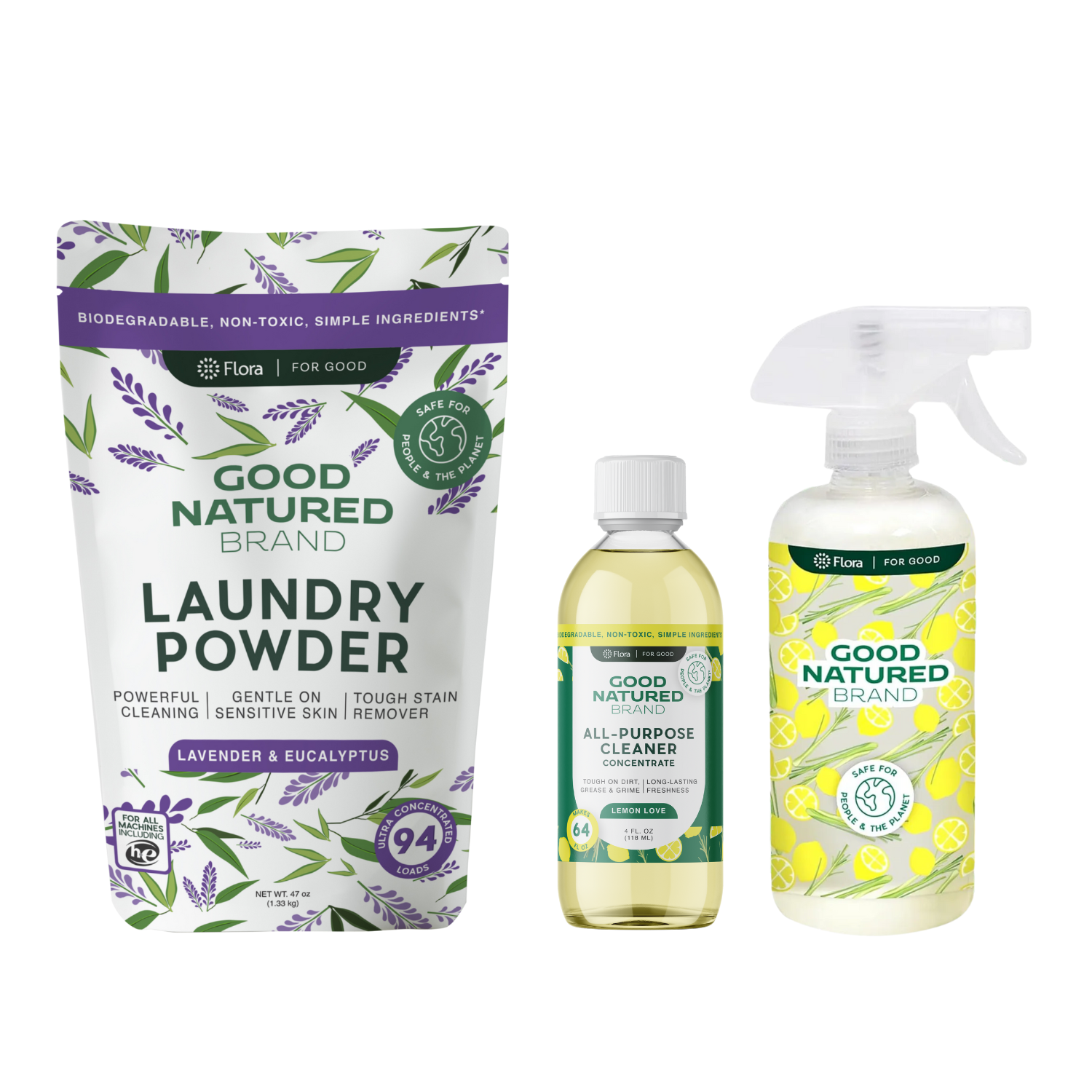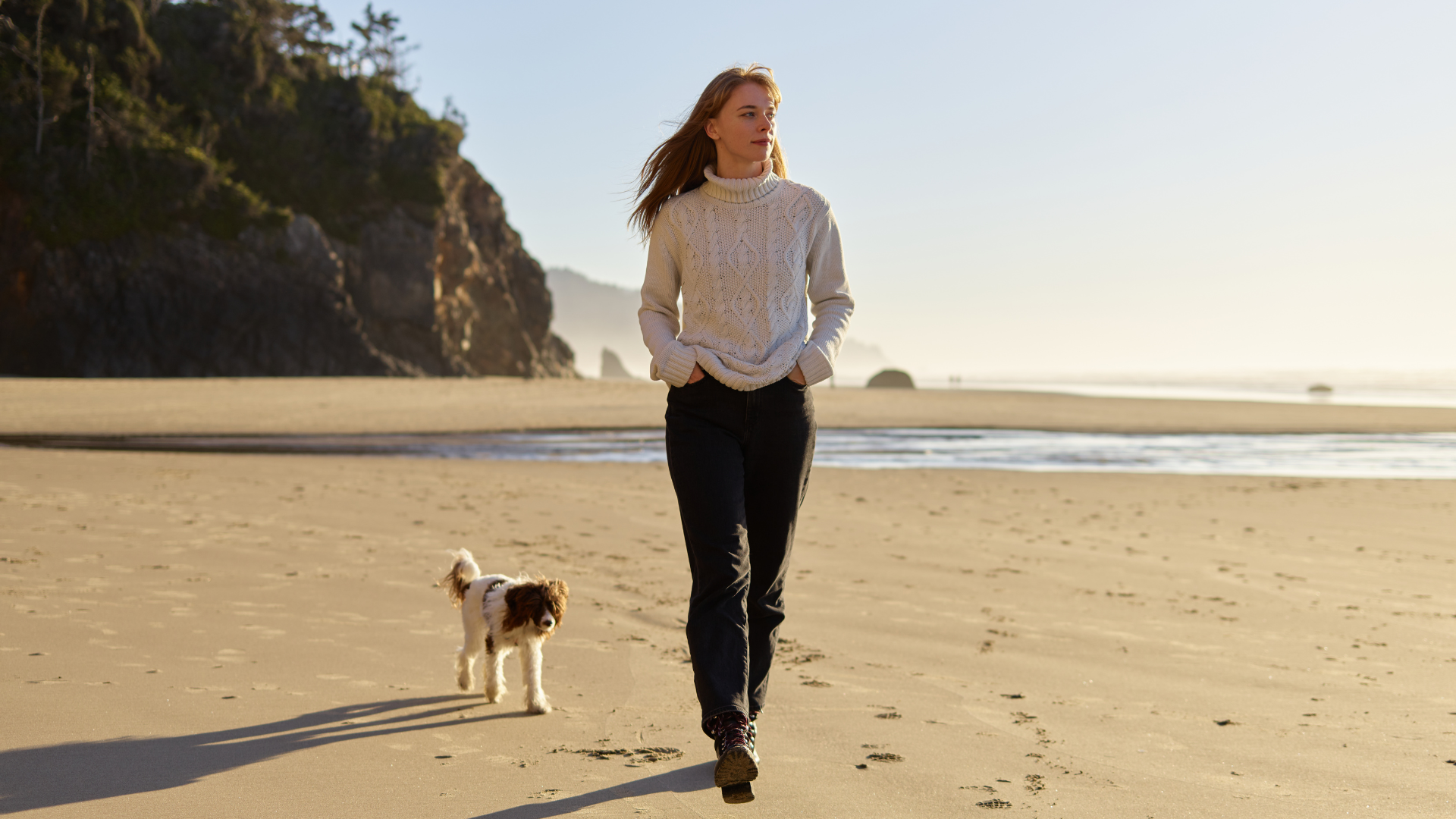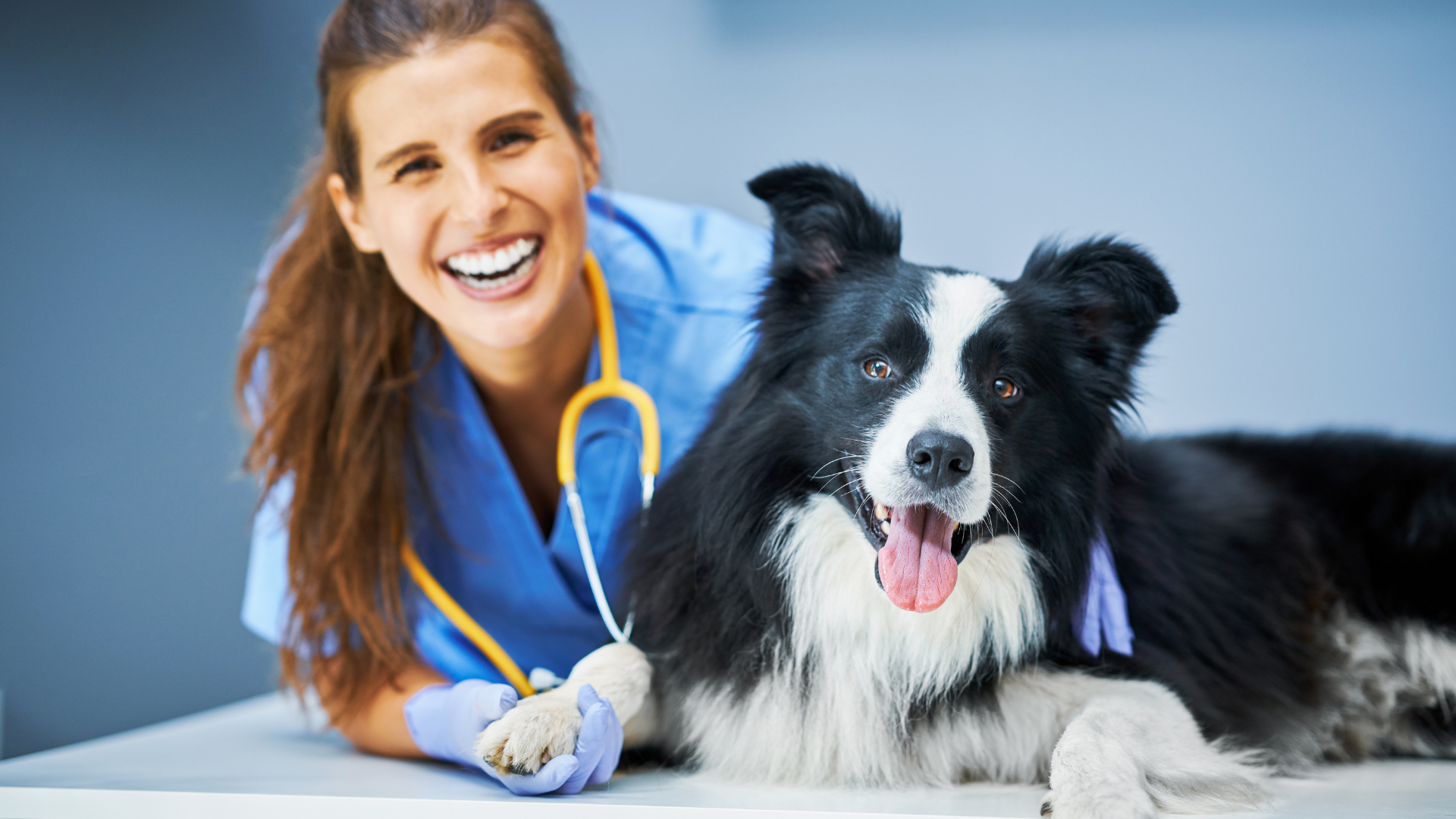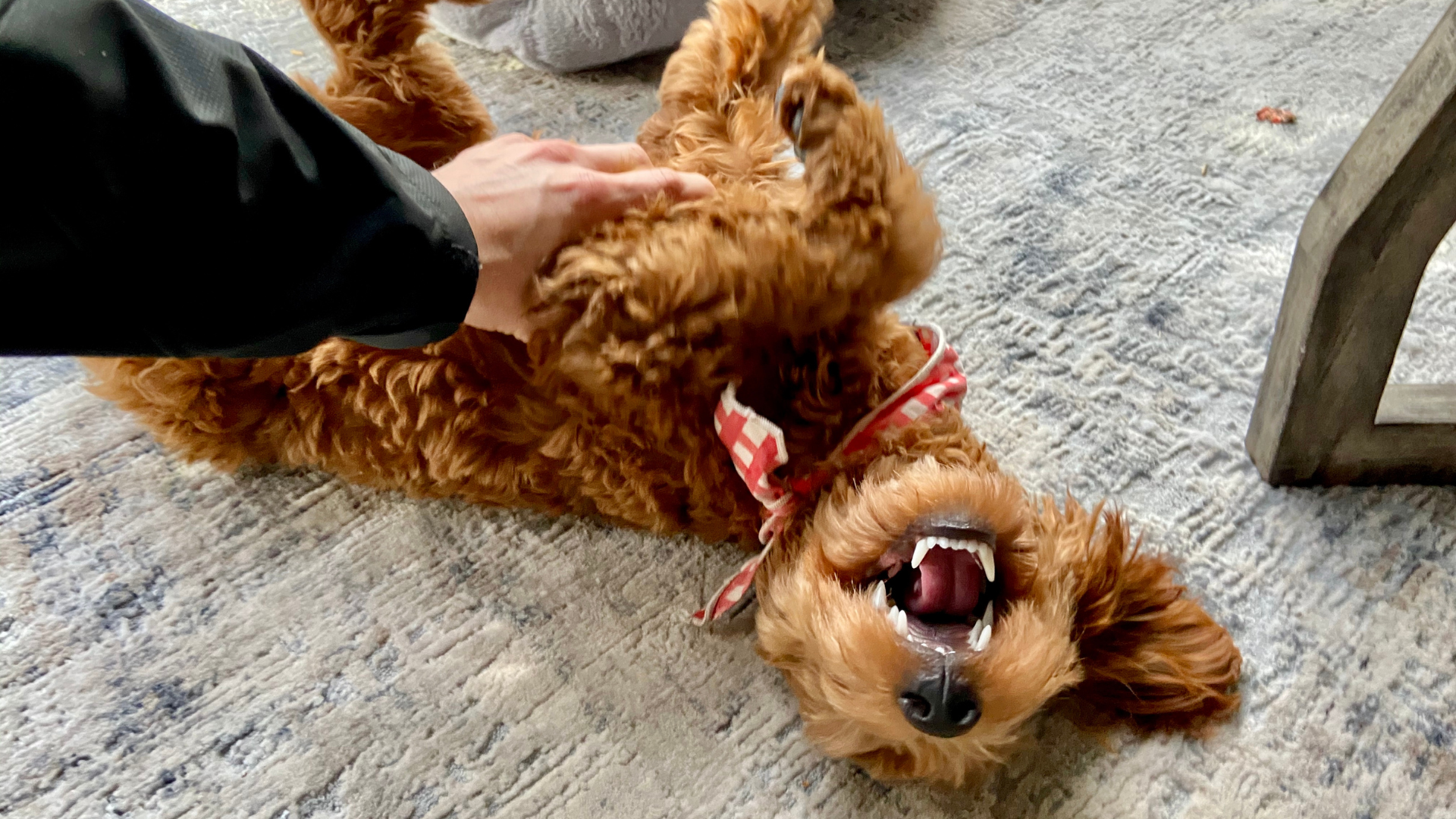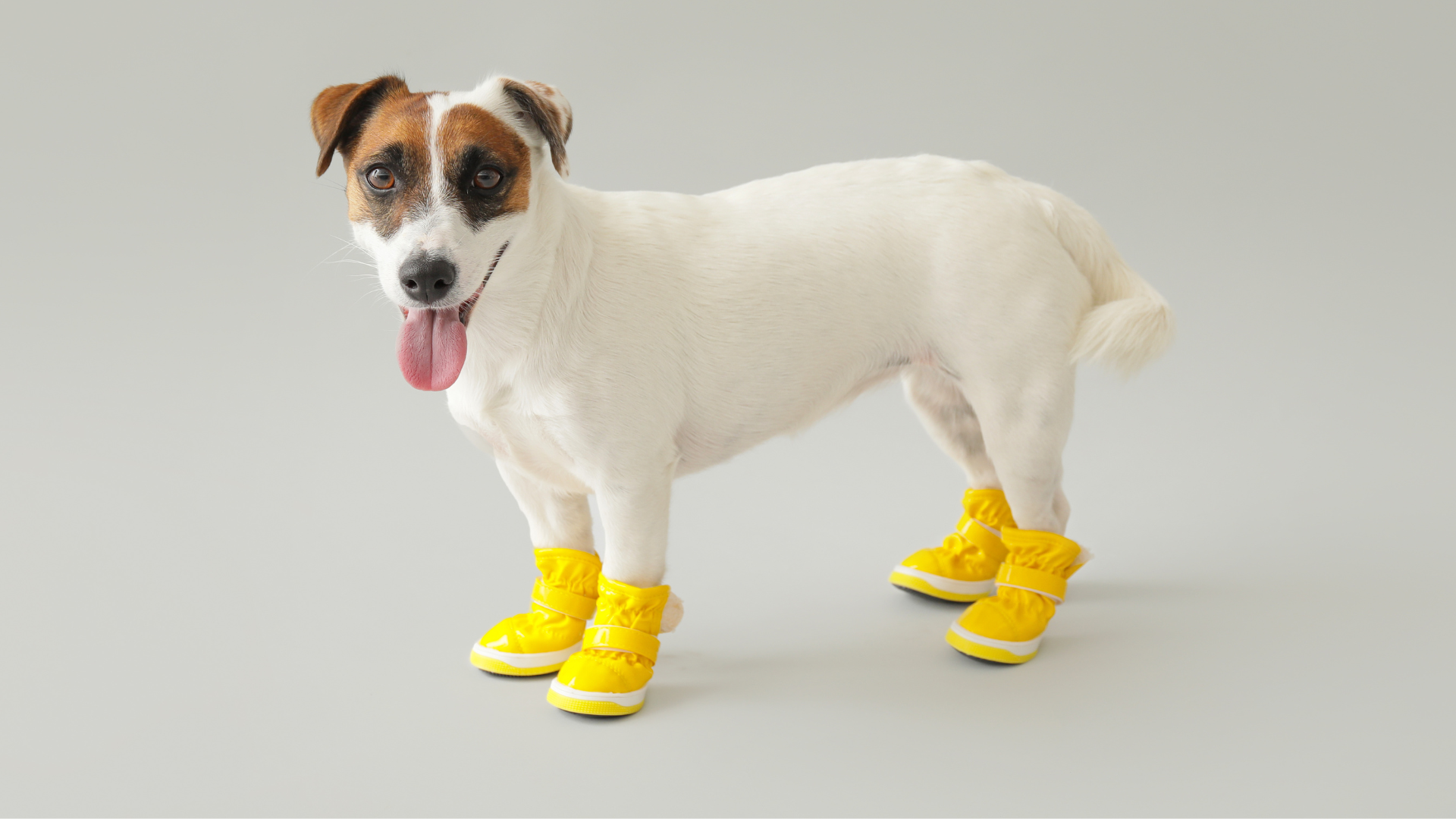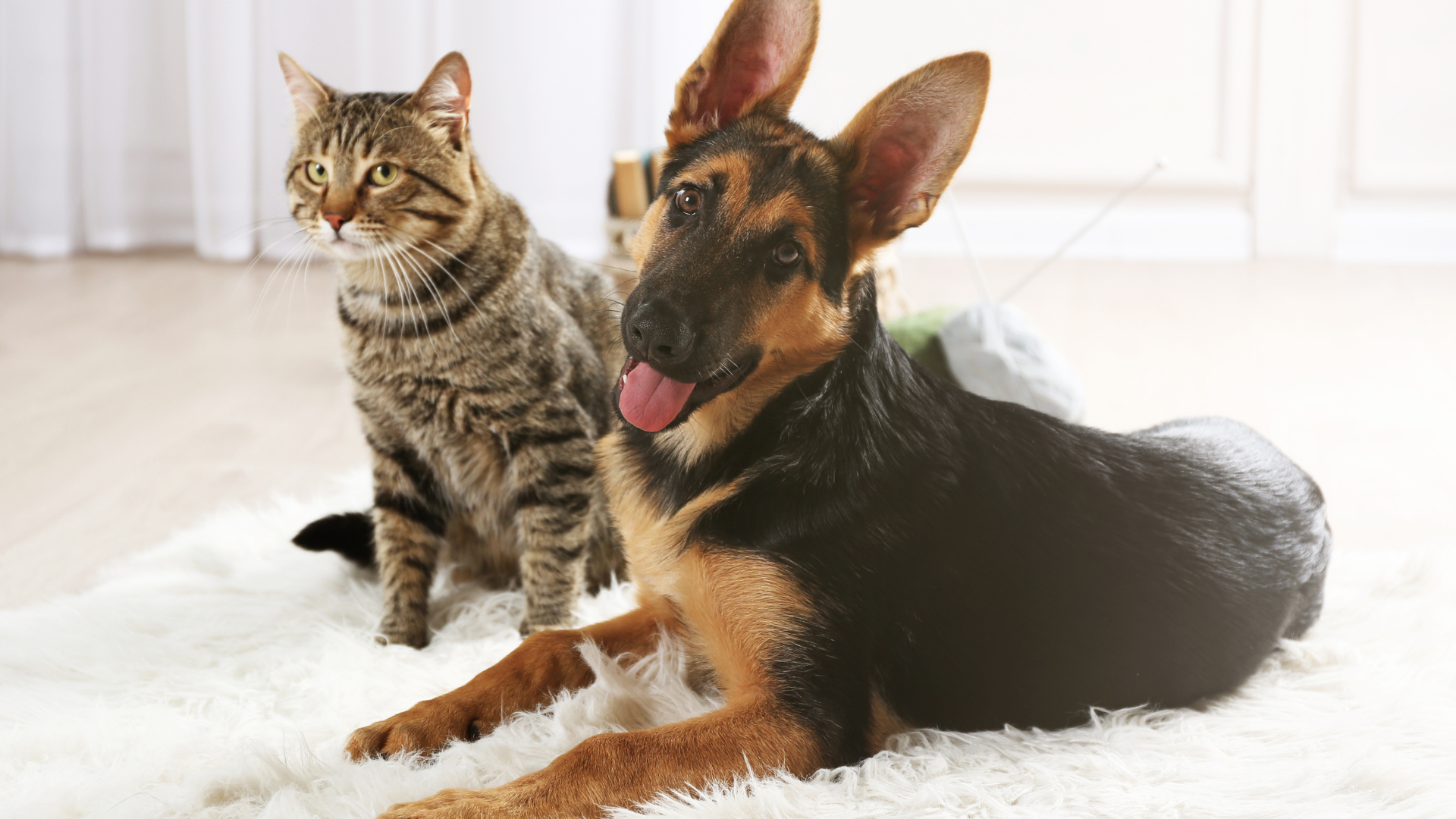Preparing Before Baby Arrives
Bringing home a new baby is a life-changing experience—not just for you, but for your dog as well. Dogs are creatures of habit, and a major household change can be confusing or even stressful if not introduced properly. The good news is that with some thoughtful preparation, you can set your dog up for success and ensure a safe, peaceful transition. The process starts long before your baby arrives.
Health Check & Routine Adjustments
One of the first steps in preparing your dog for a new baby is scheduling a full veterinary check-up. Make sure your dog is healthy, up-to-date on vaccinations, and has no underlying conditions that could lead to behavioral issues. This is also the time to address dental hygiene, flea/tick prevention, and nail trimming—all of which contribute to safer interactions once the baby arrives.
You’ll also want to start adjusting your dog’s routine to resemble what it might look like after the baby is home. For instance, shift walk and feeding times gradually so your dog isn’t caught off guard when your attention is divided. If you plan to crate your dog more often, begin easing into that routine now with positive reinforcement. Crate training can help create a quiet retreat for your dog once the household becomes busier.
If your dog is used to sleeping in your bed or spending long periods undisturbed in your lap, consider slowly reducing these behaviors to prepare them for the inevitable changes in attention. You’re not rejecting them—you’re setting healthy boundaries that will make the adjustment easier.
As you clean and baby-proof your home, choose pet-safe products that won’t overwhelm your dog’s sensitive nose. Many traditional cleaners are too strong and can leave behind irritating chemical residues. Opt for naturally derived options like All Purpose Cleaners for surfaces your dog and baby will both be near. For soft surfaces and fabrics your dog frequently uses, freshen them gently with Carpet Deodorizers, which help eliminate odors without harsh artificial fragrances.
Obedience & Boundary Training
Reliable obedience is critical when introducing your dog to a new baby. If your dog hasn’t mastered basic cues like “sit,” “stay,” “leave it,” or “down,” now is the time to reinforce them. These simple commands allow you to redirect or manage your dog’s behavior in high-stakes moments, such as when they become too curious about the baby or try to jump on the nursery furniture.
Two lesser-known but extremely useful commands to teach are “go away” and “back.” “Go away” tells your dog to create space between themselves and the baby when needed—perfect for giving baby room during diaper changes or feeding times. “Back” can be used to teach your dog to move away calmly without panic or resistance. Practice these commands in everyday situations so they’re second nature when the baby arrives.
It’s also important to establish boundaries with baby equipment. Dogs are often curious about new furniture like bassinets, bouncers, or changing tables. Start training your dog to avoid these items before your baby arrives by using cues like “off” or “leave it,” and reinforcing calm behavior when they walk away on their own.
Protecting your baby’s space means also maintaining a clean and allergen-conscious home. Regularly wash your dog’s bedding and soft toys with Laundry Powders that are free from synthetic fragrances and dyes. This reduces irritation for both your dog and your newborn and supports a healthier shared environment.
Desensitization Exercises
One of the most effective ways to prepare your dog for life with a baby is through desensitization. This involves gradually introducing your dog to baby-related sights, sounds, and smells—so when the real baby arrives, they’re not overwhelmed.
Start by playing recordings of baby cries, coos, and babbling during quiet moments throughout the day. Begin at a low volume and gradually increase it over time. Pair this with treats and praise to create a positive association with baby noises. If your dog becomes anxious, reduce the volume and slow the pace. The goal is comfort, not fear.
Next, bring in baby gear like swings, strollers, and diaper bags. Set them up around your home and let your dog investigate them under supervision. Walk your dog next to the stroller during practice outings, so they get used to walking calmly beside it. Use treats to reward them for staying focused and not jumping or pulling.
One helpful strategy is “doll practice.” Carry around a lifelike baby doll to simulate behaviors like feeding, burping, and rocking. This helps your dog adjust to the physical movements and attention shifts they’ll soon observe. It also gives you a chance to practice obedience cues in context—like asking your dog to “stay” or “go lie down” while you tend to the “baby.”
Throughout this process, use positive reinforcement to reward the calm, respectful behaviors you want to see. Avoid punishing nervousness or curiosity—redirect instead. By the time your actual baby comes home, your dog will already be familiar with many of the sensory and behavioral changes that accompany this new chapter.
To further prepare your space, consider using Carpet Deodorizers and All Purpose Cleaners to maintain a clean, calm environment. These products are made with gentle ingredients that won’t compete with the natural scents your dog uses to navigate their world—especially important during this sensitive transitional period.
Looking for more tips on home prep or chemical-free cleaning routines? Visit the Good Natured Brand blog or explore our main page for a full range of eco-conscious solutions made for modern families.
First Meeting & Early Interactions
Once your baby arrives, your dog's world shifts instantly. Even the most prepared pet may react unpredictably to new sounds, smells, and routines. That’s why the first introduction and the early days of cohabitation are crucial for building trust and positive associations. This part focuses on how to manage the first meeting between your dog and baby, reinforce safe behavior, and create boundaries that support both safety and bonding.
Newborn Homecoming
The best introductions are gradual and intentional. Before your baby even walks through the front door, let your dog adjust to the baby's scent. One effective technique is to bring home an item—such as a hat, blanket, or onesie—that the baby has worn at the hospital. Allow your dog to sniff the item in a calm environment, rewarding them for relaxed behavior. This early exposure helps them begin to associate the baby with familiarity and calm energy.
When it’s time to bring your baby home, make sure your dog is calm and exercised. A long walk beforehand helps burn off excess energy. The initial introduction should take place in a neutral area of the home. Keep your dog leashed and maintain a relaxed posture. Have another adult hold the baby while you engage your dog with treats and praise for calm behavior. Don’t rush the moment—your dog doesn’t need to get close immediately.
Avoid forcing the interaction. Instead, allow your dog to observe from a distance. Use calm encouragement and treats to reward curiosity, and end the interaction on a positive note. Remember, the goal isn’t for your dog to fall in love with the baby instantly—it’s to feel safe and respected as the new family dynamic unfolds.
During this stage, maintaining a clean and stress-free environment can help reduce anxiety in both your dog and newborn. Natural Carpet Deodorizers are great for keeping living areas fresh without overwhelming your dog’s sensitive nose. Use All Purpose Cleaners to sanitize frequently touched surfaces without introducing harsh chemicals that might aggravate allergies or scent sensitivities.
Safe Supervision & Controlled Encounters
It cannot be overstated: never leave your dog and baby alone together unsupervised, no matter how trustworthy your pet is. Dogs can be startled by sudden movements or sounds, and even a well-meaning nudge or paw swipe could accidentally harm a newborn.
Instead, facilitate short, structured interactions. Start by positioning yourself between the baby and the dog during feedings or diaper changes. Invite your dog to approach calmly while on a leash or behind a gate, and reward them with treats for remaining relaxed. Allow brief, gentle sniffs of the baby’s feet or blanket—but not the face—under your direct supervision.
Pay close attention to your dog’s body language. Signs of stress such as yawning, lip licking, tucked tails, or avoidance should be respected. If you notice these behaviors, redirect your dog to a safe space and allow them to decompress.
Using a calming tone and maintaining a predictable routine will help reinforce a sense of normalcy. This consistency is key as your dog adjusts to the new sights, sounds, and smells of life with a baby.
If your dog spends time in the nursery or baby’s room, make cleanliness a priority. Wash any shared fabrics like floor mats, changing pad covers, or throw blankets using Laundry Powders that are gentle, fragrance-free, and safe for both babies and pets. This helps minimize allergens while keeping your home fresh and baby-friendly.
Creating Safe Zones & Boundaries
Dogs thrive when they have a designated space where they can retreat and feel secure. Creating safe zones allows your dog to self-regulate and reduce overstimulation. This could be a crate, a bed in a quiet room, or a gated-off area with their toys and water bowl.
At the same time, it’s important to establish clear physical boundaries for baby-only spaces. Use baby gates to block off the nursery or play area, and reinforce that these spaces are off-limits unless invited. You can use cues like “stay,” “wait,” or “out” to help define these boundaries respectfully.
During downtime, consider incorporating sensory activities like puzzle toys or chew treats in your dog’s safe zone to give them something positive to focus on. Make sure this area remains clean and free of harsh cleaning agents. Regularly disinfect floors and pet spaces with All Purpose Cleaners, which are effective yet gentle on your dog’s skin and paws.
Encouraging your dog to use their space isn’t about exclusion—it’s about giving them control and comfort. When they choose to remove themselves from a situation, reward them. This teaches your dog that creating distance is a safe and rewarded behavior, not something to be punished or feared.
Maintaining Pack Hierarchy Respect
One often overlooked factor in a successful baby-dog transition is maintaining your dog's understanding of their place in the household hierarchy. While we love our pets like family, dogs benefit from structure and clarity.
This doesn’t mean asserting dominance—it means providing consistency and leadership. Continue to feed, walk, and interact with your dog in a structured way. In fact, make time to engage in solo play or walks without the baby whenever possible. Keeping your dog’s basic needs met ensures they feel seen and valued, not replaced.
When you’re tending to the baby, especially during crying or feeding episodes, encourage your dog to sit calmly nearby. Reward their patience and reassure them with praise and treats. Over time, your dog will learn that the baby’s presence means good things happen.
Throughout the early days and weeks, maintain a clean, calm household environment. Natural products like Carpet Deodorizers and Laundry Powders help reduce stress-triggering odors without using overpowering synthetic fragrances.
For more advice on setting up safe spaces and managing household transitions, explore additional tips on the Good Natured Brand blog or browse our main page for healthy, pet- and baby-friendly product solutions.
Long-Term Coexistence & Troubleshooting
The initial introduction between your baby and your dog is just the beginning. As your child grows and begins to explore their environment, your dog will also need to adapt to new movements, sounds, and boundaries. Fostering a peaceful, safe coexistence is a long-term effort that involves consistent training, mutual respect, and a calm home environment. In this final section, we’ll cover reinforcement techniques, toddler-dog dynamics, managing potential behavioral issues, and maintaining a clean, pet-friendly space for your growing family.
Reinforcing Positive Associations
Repetition is the cornerstone of lasting behavioral success. The more positive experiences your dog has in the presence of your baby, the more confident and secure they’ll feel. You can reinforce this dynamic in small, consistent ways.
For example, offer your dog a treat or favorite toy when the baby is nearby. Pair routine activities—like feedings, diaper changes, or playtime—with positive reinforcement for your dog’s calm behavior. This teaches them that the baby is not a threat, but rather a trigger for good things.
Another effective technique is incorporating your dog into your daily routines. Let them sit or lie nearby during feeding sessions, story time, or baby naps (as long as it’s safe and supervised). Reward quiet, non-intrusive behavior with praise or a gentle pat.
Keeping your shared spaces fresh and free of irritants also contributes to a calmer, healthier environment. Natural Carpet Deodorizers are ideal for maintaining clean, odor-free floors where babies crawl and dogs lounge. These products neutralize pet odors without harsh perfumes or chemicals that can overstimulate your dog’s senses.
Handling Jealousy & Resource Guarding
Even well-adjusted dogs can struggle with jealousy or guarding behaviors when a new baby is introduced. These reactions stem from uncertainty or perceived threats to their resources—whether that’s food, toys, space, or your attention.
To avoid resource guarding, teach your dog that good things happen when the baby is near their belongings. Begin by sitting with your dog while the baby is nearby and gently handling the dog’s toys or food bowl. Pair this with treats and praise. Over time, your dog will begin to associate the baby with positive experiences rather than competition.
Avoid sudden restrictions or taking items away from your dog without offering an exchange or redirect. Doing so may increase anxiety. Instead, practice trading exercises with high-value treats to reinforce trust and reduce possessive behavior.
Make sure your dog still gets dedicated one-on-one time with you. This is especially important during the early months when the baby requires constant care. Even 10 minutes of play or snuggle time each day can reassure your dog that they are still a valued member of the family.
Support this sense of consistency by keeping their environment as predictable and calm as possible. For example, wash your dog’s bedding and soft toys weekly using pet-safe Laundry Powders to maintain a familiar scent and reduce allergens.
Teaching Toddler-Dog Interactions
As your baby becomes a mobile toddler, the dynamic between them and your dog will evolve. Toddlers move unpredictably, make sudden noises, and may not yet understand how to interact gently with pets. These factors can confuse or scare your dog if you don’t guide both parties.
Begin by teaching your child how to touch the dog gently. Use soft phrases like “gentle pets” or “soft hands” to guide them. Never allow climbing, ear pulling, or poking. Be present for every interaction and intervene calmly if your toddler oversteps the dog’s boundaries.
Encourage your child to respect your dog’s safe zone. Teach them that when the dog is in their crate or on their bed, it’s a time for quiet and space. This not only protects your dog but also reinforces empathy and boundaries for your child.
Over time, these structured, positive interactions will help nurture a healthy bond based on mutual respect and trust.
Professional Help for Behavioral Issues
If your dog exhibits signs of chronic stress, anxiety, or aggression, it’s important to seek help from a certified dog trainer or animal behaviorist. Warning signs include growling, snapping, avoidance, extreme clinginess, or withdrawal. These behaviors may not resolve on their own and could escalate if not addressed.
A qualified professional can assess the behavior in context and offer strategies tailored to your household. Many trainers now specialize in family dog dynamics, offering guidance specific to parents and young children.
Additionally, your veterinarian can rule out any medical conditions that might be contributing to behavioral changes. Pain or discomfort can often manifest as irritability or aggression, especially in older dogs.
Safety Gear & Home Cleanliness
Maintaining a clean and organized home supports not just your dog’s well-being, but also your baby’s health. As your child begins crawling and exploring, every surface becomes a contact point. That’s why it’s critical to use safe, non-toxic cleaning solutions.
Good Natured Brand’s All Purpose Cleaners are ideal for wiping down high-touch surfaces like floors, tables, baby toys, and pet areas. They’re made with plant-based ingredients and essential oils that effectively clean without exposing your family to harsh chemicals.
For carpets, rugs, or dog beds, use Carpet Deodorizers regularly to neutralize odors without triggering respiratory irritation in pets or babies. Soft items like blankets, plush toys, and nursing pillows should be washed weekly with Laundry Powders, which are gentle on sensitive skin and safe for shared use.
Using gates or playpens is another way to maintain control over the shared space. These tools help you manage both your dog’s and baby’s freedom while preserving safe zones. As always, supervise any interaction closely, and ensure everyone has access to rest and alone time when needed.
For more ideas on creating a safe, healthy home for dogs and babies alike, explore the Good Natured Brand blog or visit our main site to find natural, family-safe products that support clean, conscious living.
Conclusion
Introducing your dog to a new baby is one of the most meaningful transitions a pet parent can make. With the right preparation, boundaries, and patience, this new chapter can be a joyful one for everyone—including your dog. By starting early, reinforcing calm behavior, and providing a safe, clean environment, you set the foundation for a healthy, respectful bond between your child and your furry companion.
Throughout this guide, we’ve covered essential strategies—from obedience training and baby desensitization to managing early interactions and toddler safety. Remember, the key is to remain consistent, stay proactive, and create a home where your dog feels secure even as routines change.
Choosing non-toxic household products like Carpet Deodorizers, Laundry Powders, and All Purpose Cleaners contributes to a healthier environment for both your child and your dog. For more ideas on home care and parenting with pets, visit our main page or explore the Good Natured Brand blog.
With time and understanding, your dog and baby can grow up not just coexisting—but forming a lifelong friendship built on trust, love, and shared moments.
Frequently Asked Questions (FAQs)
1. When should I start preparing my dog for a new baby?
Begin as early as possible—ideally during pregnancy. This gives your dog time to adjust to new routines, baby gear, and boundaries in a gradual, stress-free way.
2. What if my dog is scared of baby sounds?
Start with desensitization exercises using low-volume baby sounds. Pair them with treats and praise, gradually increasing volume over time. Avoid forcing interactions—let your dog adjust at their own pace.
3. Should I let my dog sniff the baby right away?
Only under close supervision and when your dog is calm. Start with baby-scented items first, then allow brief, gentle sniffs of baby’s feet or clothing—not the face. Reward calm, respectful behavior.
4. What cleaning products are safe to use around both babies and dogs?
Natural, fragrance-free solutions like All Purpose Cleaners, Laundry Powders, and Carpet Deodorizers are great for maintaining cleanliness without harmful chemicals.
5. How can I stop my dog from becoming jealous of the baby?
Maintain your dog’s routine, spend one-on-one time with them, and include them in baby-related activities with treats and praise. This helps your dog feel secure and valued even as your household grows.
